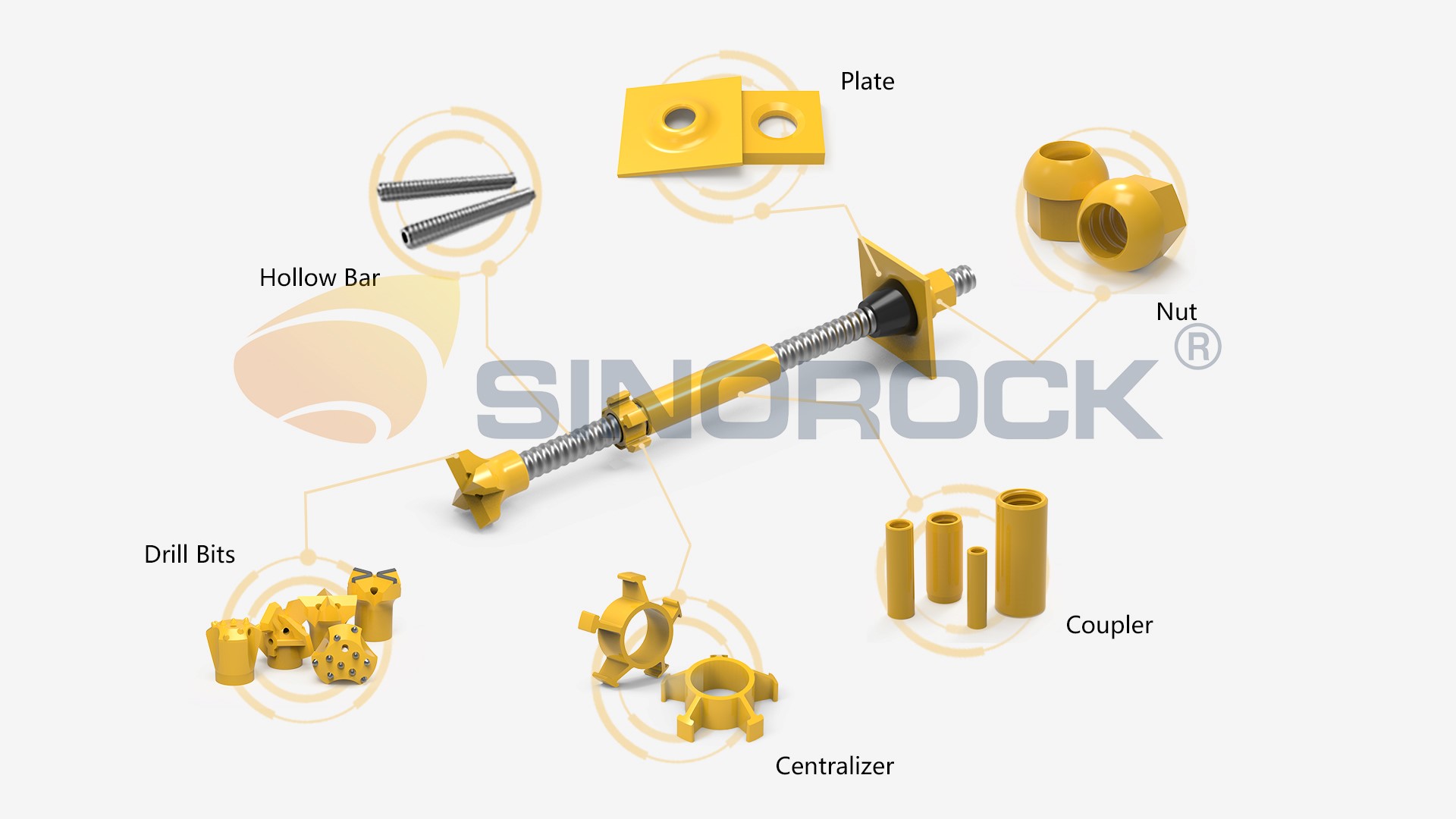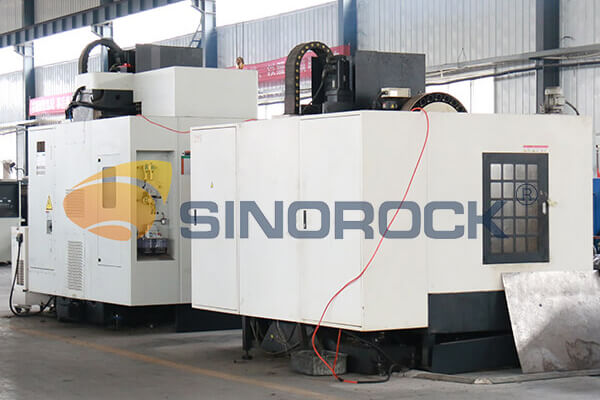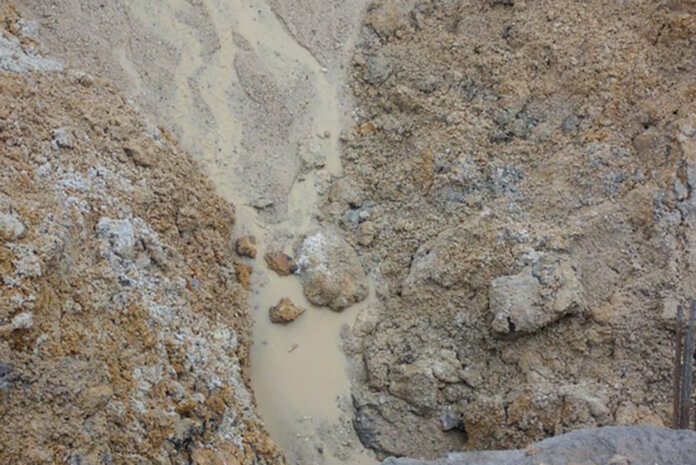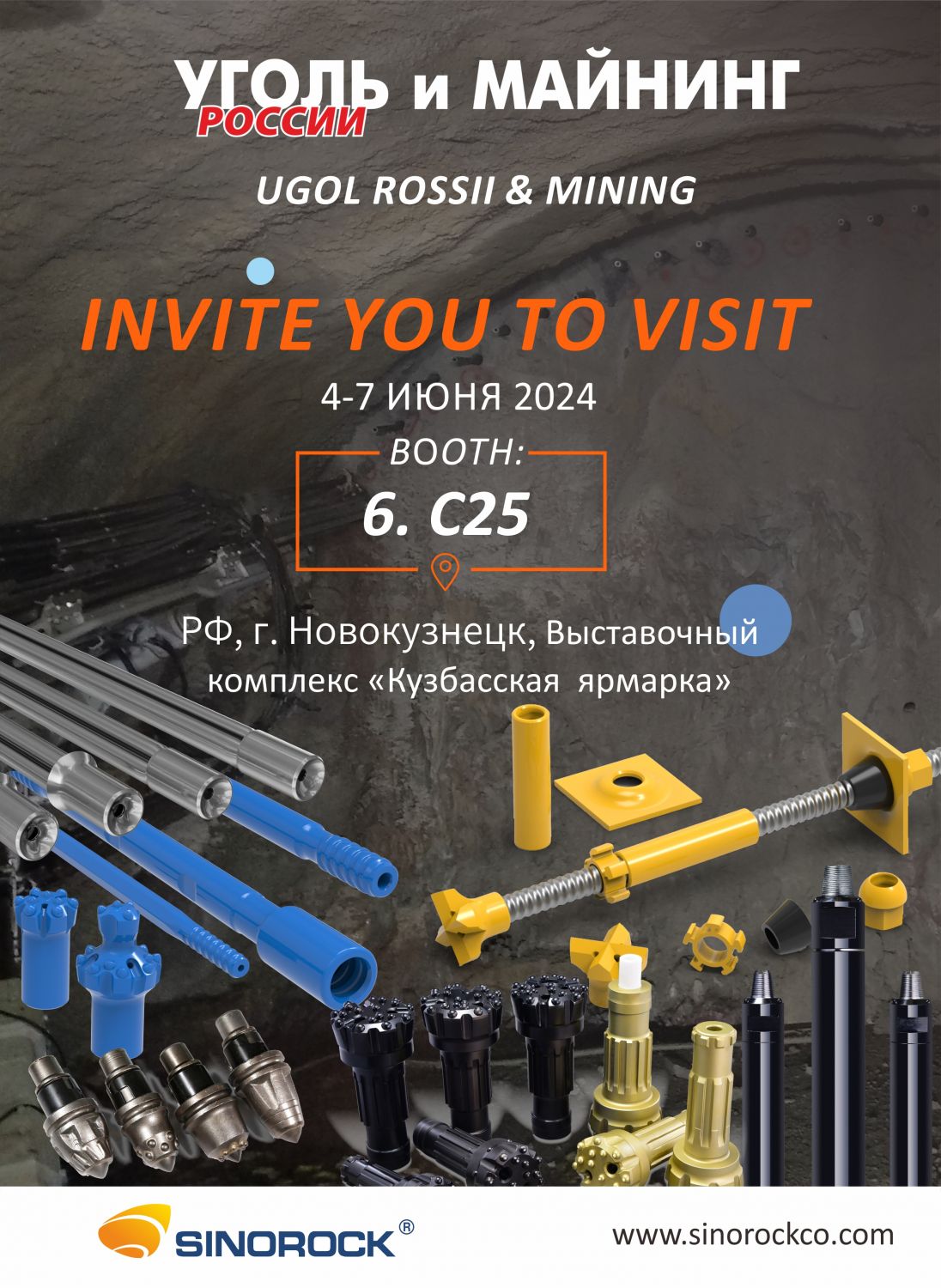The Anchoring Quality of Self Drilling anchor Bolt
Time:2023-07-27From:sinorock View:
With the rapid expansion of underground projects, ensuring the integrity and stability of surrounding rocks has become a crucial challenge. Weathered, crushed zones, and other factors contribute to the vulnerability of these structures, leading to potential collapse and endangering safety. In response to this, the self-drilling anchor bolt has emerged as a highly effective solution for anchoring and reinforcing surrounding rock formations. By providing a secure anchoring system through cement slurry injection, this technology significantly improves the overall load-carrying capacity of the rocks and mitigates the risk of collapse. The quality of the self-drilling anchor bolt plays a crucial role in determining the anchoring effectiveness and the integrity of the surrounding rocks.
1. The Significance of Self-Drilling Anchor Bolt in Underground Construction
1.1 Understanding the Challenges in Underground Projects
Underground construction involves dealing with various challenges, including ground instability, rock fracturing, and adverse geological conditions. These factors weaken the integrity of surrounding rocks and necessitate the implementation of robust anchoring systems.
1.2 Introduction to Self-Drilling Anchor Bolt
The self-drilling anchor bolt represents a revolutionary anchoring technology that has gained immense popularity in the mining industry and geotechnical engineering. It offers several advantages, such as ease of operation, cost-effectiveness, and rapid installation, making it a preferred choice for underground support structures.

2. Exploring the Anchoring Quality of Self-Drilling Anchor Bolt
2.1 Anchoring Force: The Backbone of Reliability
2.1.1 Definition of Anchoring Force
Anchoring force refers to the bonding force between the self-drilling anchor bolt and the surrounding rock formation. This force is a critical indicator of the product's reliability and the overall effectiveness of the anchoring system.
2.1.2 Importance of Adequate Anchoring Force
Adequate anchoring force ensures that the self-drilling anchor bolt effectively transfers the load to the surrounding rock mass, providing stability and support to the underground structure. It directly influences the resistance to the pull-out forces, thereby determining the system's ability to withstand external stresses.
2.1.3 Testing Methods for Anchoring Force
Various testing methods are employed to evaluate the anchoring force of self-drilling anchor bolts. Among these, the pull-out test stands as the most reliable and widely used method for assessing the performance and quality of the anchoring system.
2.2 Anchoring Status: Key Parameters for Stability
2.2.1 Understanding Anchoring Status
Anchoring status encompasses several crucial parameters, including the length of the anchorage section, compactness, and construction quality. The combination of these factors determines the overall effectiveness of the self-drilling anchor bolt in reinforcing the surrounding rock.
2.2.2 Impact of Material Selection on Anchoring Status
The choice of materials for self-drilling anchor bolts significantly influences their anchoring status. High-quality materials with suitable mechanical properties ensure the durability and reliability of the anchoring system.
2.2.3 Construction and Geological Considerations
Construction deficiencies and geological conditions can pose challenges to achieving the desired anchoring status. Factors such as drilling accuracy, grouting quality, and site-specific parameters play a critical role in determining the long-term stability of the anchor bolt system.
3. Enhancing Anchoring Quality: Best Practices and Innovations
3.1 Quality Control and Inspection
Implementing rigorous quality control measures during the manufacturing, installation, and monitoring stages is paramount to ensuring the anchoring quality of self-drilling anchor bolts. Regular inspections, testing, and compliance with industry standards are essential steps in this regard.
3.2 Advancements in Materials and Technology
Continuous research and development efforts have led to significant advancements in anchor bolt materials and manufacturing techniques. Utilizing high-strength and corrosion-resistant materials, along with innovative installation technologies, further enhances the anchoring quality and overall performance of self-drilling anchor bolt systems.
3.3 Professional Training and Certification
Proper training and certification of personnel involved in the installation and maintenance of self-drilling anchor bolts are vital for ensuring the correct implementation of anchoring systems and minimizing the risk of human error.
Conclusion
The self-drilling anchor bolt's superior anchoring quality has revolutionized underground construction, providing robust support and stability to surrounding rock formations. Anchoring force and anchoring status remain crucial aspects that define the reliability and performance of these anchor bolt systems. By adopting best practices, leveraging technological advancements, and adhering to rigorous quality control, the construction industry can benefit from safer and more stable underground projects powered by the remarkable capabilities of self-drilling anchor bolt technology.
As a professional manufacturing self-drilling anchor bolts, Sinorock's team has many years of experience in providing complete geotechnical engineering services. If you have any needs or questions about self-drilling anchor systems, please feel free to contact us at sinorock@sinorockco.com.
latest news
-

- 3 Crucial Factors That Impact the Quality of Self-Drilling Hollow Bolts
- Time:2025-01-26From:This Site
- As we all know, the quality of the self-drilling hollow bolts is vital to the whole project. It determines if the project is safe for the people in future use. Then, what will affect the quality of the self-drilling hollow bolts?
- View details
-

- Self-Drilling Anchor Bolt Construction in Complex Geological Slope
- Time:2025-01-24From:This Site
- During construction, Self-drilling hollow anchor bolt integrates drilling, grouting and anchoring functions, which significantly improves drilling efficiency. And under the action of pressure pump, the grouting in the rock strata and voids is full, which ensures the grouting thickness and anchoring effect.
- View details
-

- How Does Self-drilling Rock Bolt Drill in Quicksand Geological Condition?
- Time:2025-01-19From:This Site
- This in-depth guide explores how self-drilling rock bolts function in quicksand geological conditions, covering the challenges, construction methods, and best practices for ensuring effective anchorage in unstable, fluidic soil layers.
- View details
-

- Quality Control: the Vital Factor of A SDA Bolt Factory
- Time:2025-01-09From:This Site
- Sinorock’s comprehensive quality control system, from supplier management to outgoing inspections, ensuring the highest standards for self-drilling anchor bolts in construction.
- View details
-
.png)
- International Women's Day with Strawberry-picking
- Time:2024-03-09From:This Site
- Marked the annual observance of International Women's Day, and to commemorate this significant event, Sinorock organized a special strawberry-picking event exclusively for its female employees.
- View details
-

- Celebrate the 74th anniversary of the founding of the People's Republic of China
- Time:2023-10-01From:This Site
- On October 1st every year, we observe the annual National Day, commemorating the birth of our beloved motherland.
- View details
-
.jpg)
- SINOROCK to Attend EXPOMINA PERÚ 2024 in Lima, Peru
- Time:2024-08-10From:This Site
- Sinorock to Attend EXPOMINA PERÚ 2024 in Lima, Peru
- View details
-
.jpg)
- SINOROCK to Participate in MINING AND METALS CENTRAL ASIA 2024
- Time:2024-08-08From:This Site
- SINOROCK to Participate in MINING AND METALS CENTRAL ASIA 2024
- View details
-

- SINOROCK Gears Up for UGOL ROSSII & MINING 2024 with Custom Mining Solutions
- Time:2024-05-15From:This Site
- SINOROCK is thrilled to announce its participation in the highly anticipated 32nd International Trade Fair for Mining Technology, UGOL ROSSII & MINING 2024. The event will take place at the Exhibition complex "Kuzbass Fair" in Novokuznetsk, Kemerovo region - Kuzbass, Russia, from June 4th to 7th, 2024.
- View details
 Download
Download 


